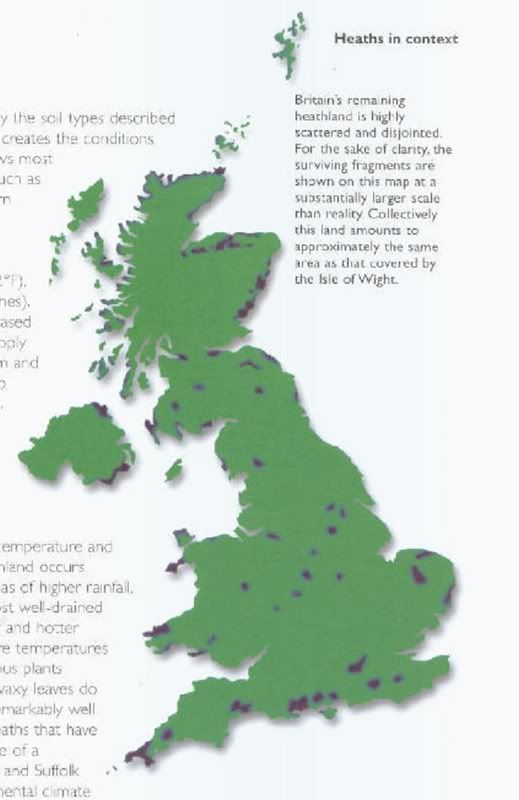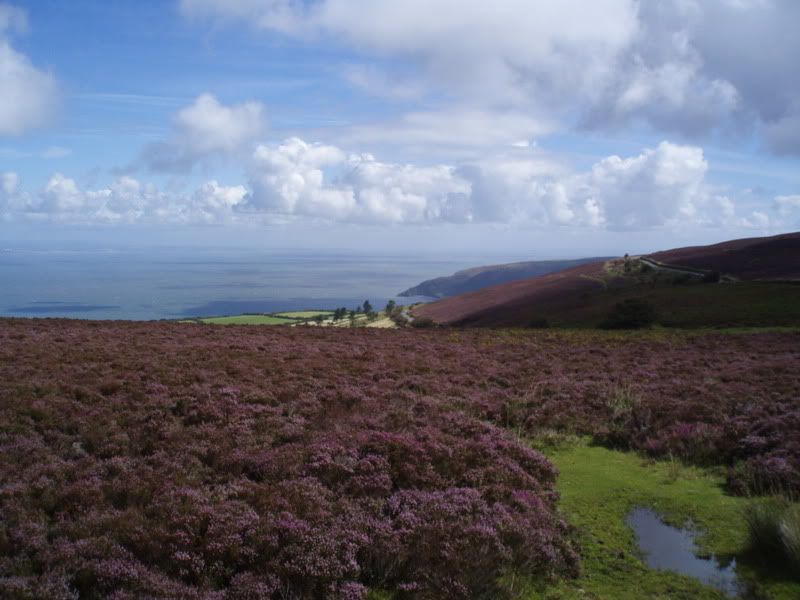“Lowland Heath, with its wide, open tracts of heather and gorse, is today viewed essentially as an amenity landscape and wildlife habitat. Yet it was once a significant economic resource, worthy of protection through an intricate system of rights and customs. From the North of Scotland to the furthest pint of western Cornwall, Britain’s heaths were the scene of intensive human activity, ranging from the grazing of livestock to the mining of iron and copper and the making of heather honey and ale. Shepherds, furze-cutters, flint-knappers, rabbit warreners, bracken-gathers and turf-cutters all made a living in what were often difficult and unforgiving conditions.
...the last two centuries have seen the loss of more than 80 percent of British Heathland, either smothered under swathes of intensive agriculture, forestry, roads, and housing, or left unmanaged to become overgrown by scrub and woodland. Those that lived there, and their way of life, have become distant memories. Far from being a valued component in the rural economy, Heathland became derided as barren and useless, its inhabitants backward and in need of ‘improvement’.”
From the cover blurb to “Heathland”, author James Parry, published by the National Trust.
Reading the above seems to be making a case for Golf Courses to be a natural successor in terms of economic use of this land. Maintained sensitively it’s a good way to preserve the still existing Heathlands. I suspect it will be along time before the National Trust accepts Golf courses as being a useful part of the rural economy that should be nurtured.
The decline of grazing and the decimation of the rabbit population by Myxomatosis also played its part in allowing the trees to take over.
The excellent Walton Heath Club history mentions the objections of locals at the turn of the last century to the loss of their livelihoods. Mineral extraction, turf cutting and exercising/racing horses.
Mark the book also states that part of the economy of the heath was providing work for Papagano – the bird catcher. The Linnet and the Dartford Warbler bwere especially prized by Victorians.


(moorland really)